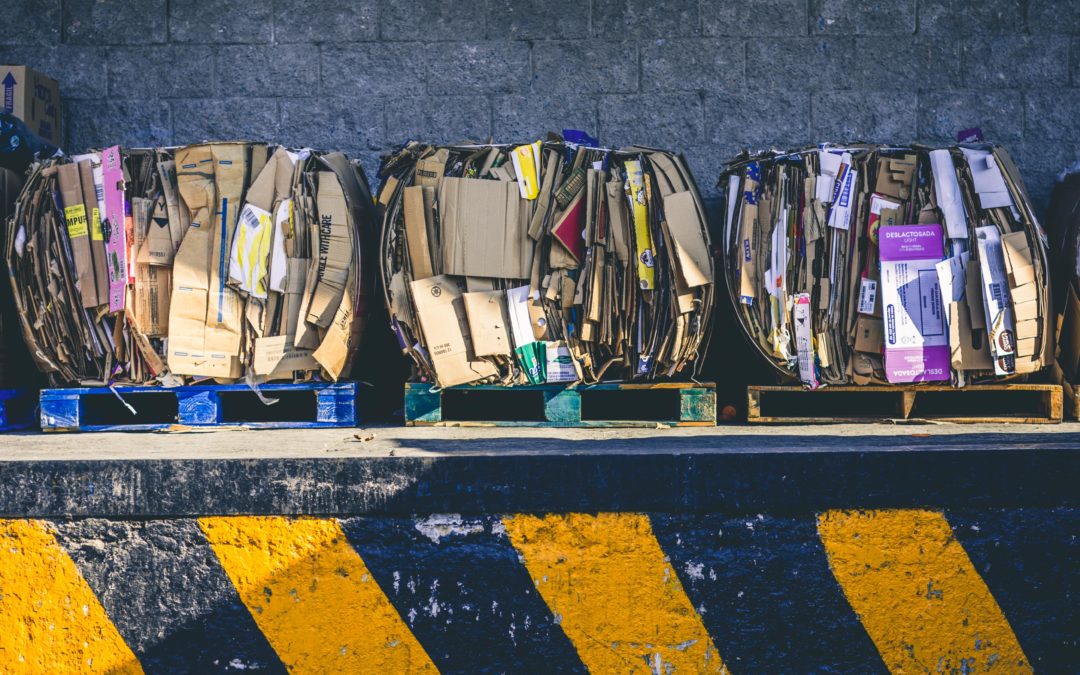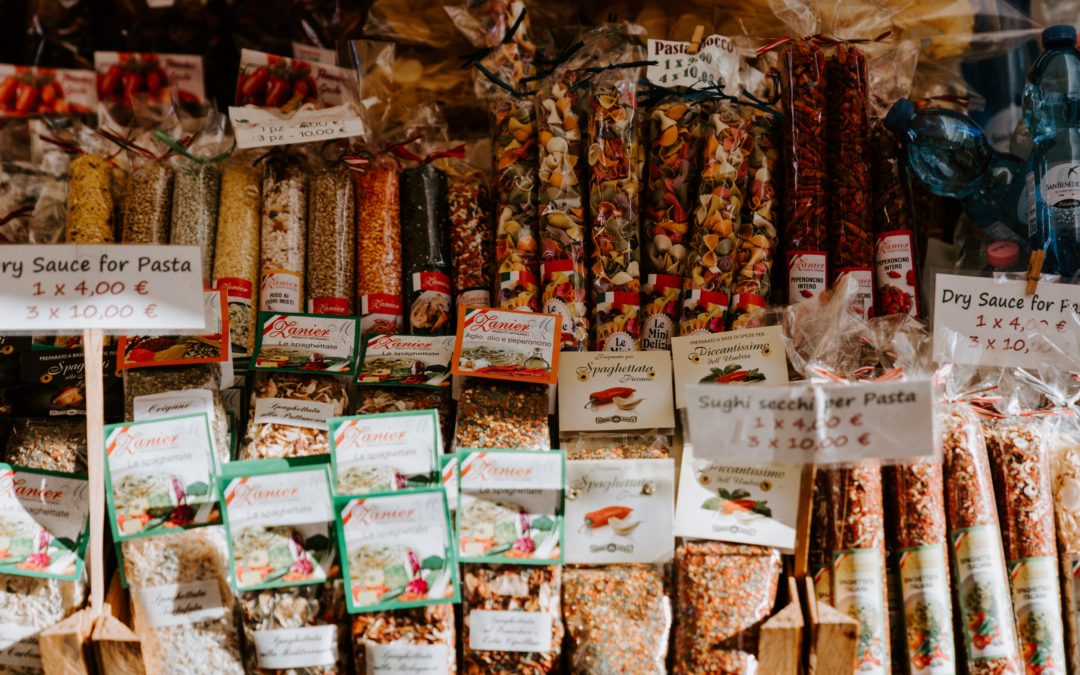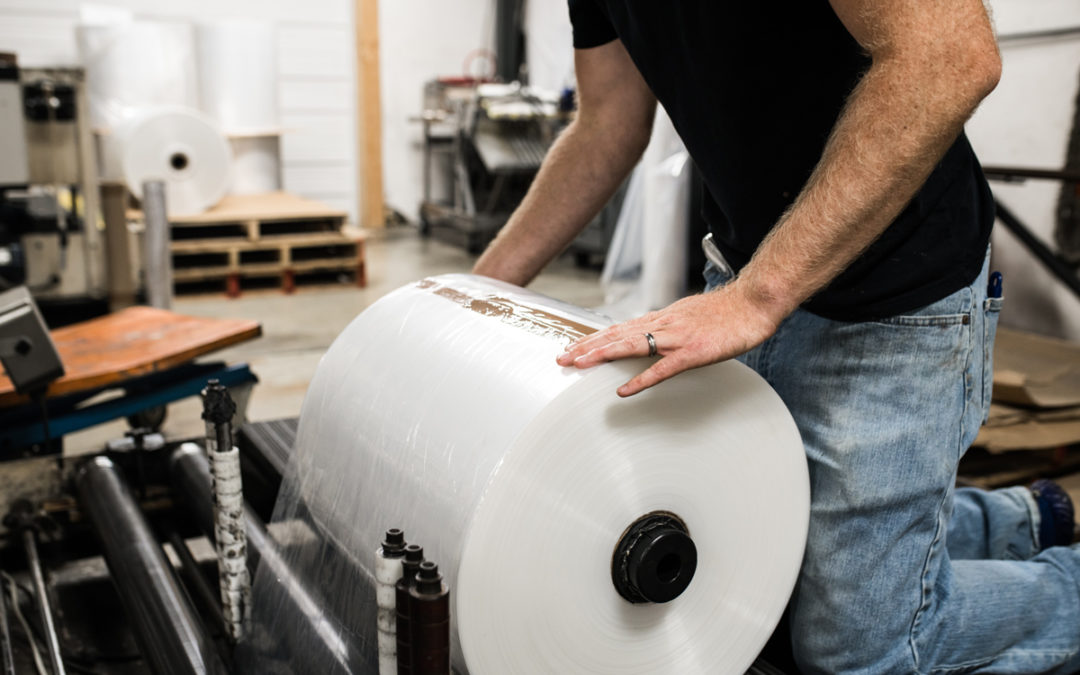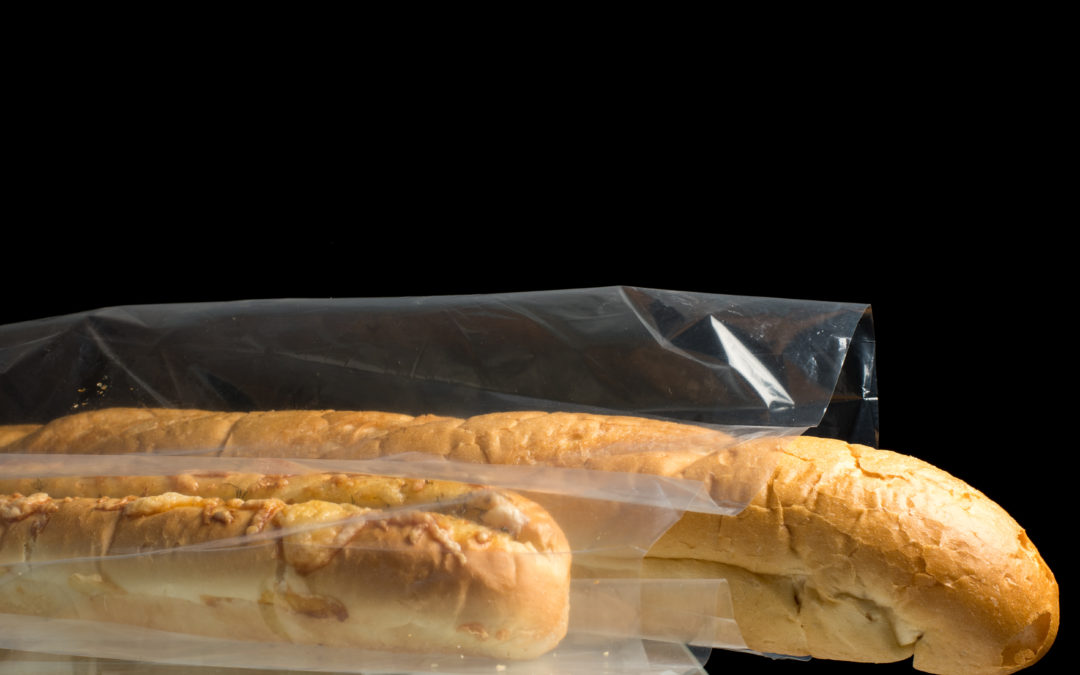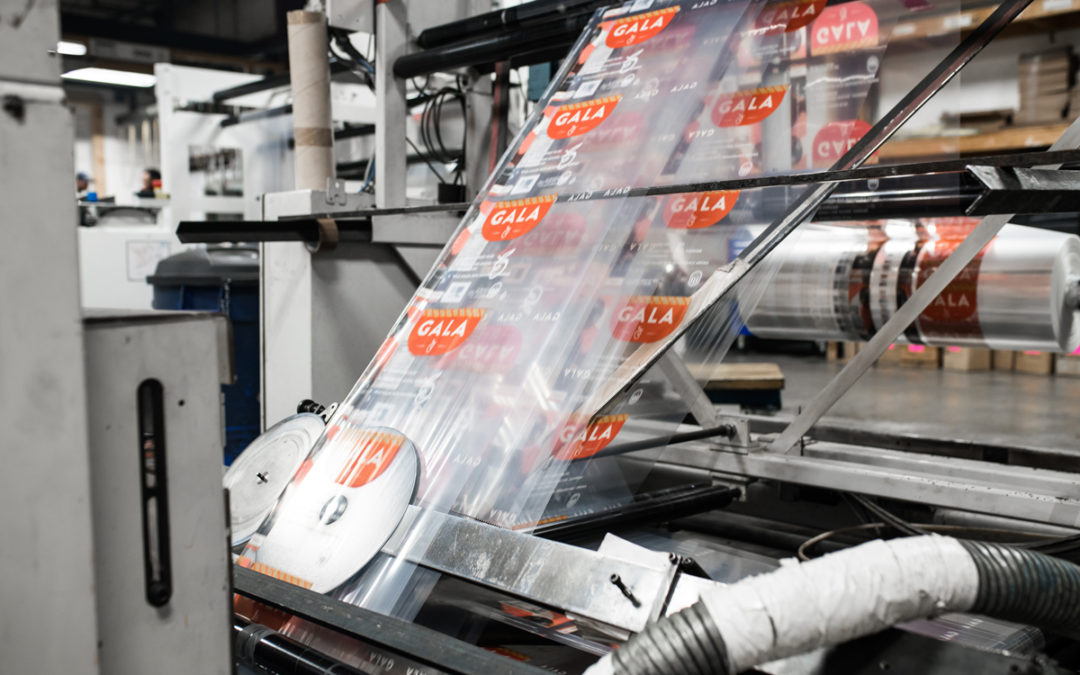
HDPE vs. LDPE: What’s the Difference?
HDPE vs. LDPE: What’s the Difference?
HDPE and LDPE are both a result of polymerization of polyethylene. This chemical process causes monomers to connect into long chains of hydrocarbons. As these chains form, strands branch off into other directions. The branching pattern determines the strength and density of the material.
More branching strands equals a more dense material, like HDPE.
Fewer strands equals a less dense polyethylene, or LDPE.
Other types of polyethylene, like MDPE and LLDPE, are similarly determined by the branching pattern that results from polymerization.
Put simply, HDPE and LDPE differ in density, which makes HDPE more suitable for applications where strength is most important, but LDPE more valuable for applications that need flexibility.
HDPE: High Density Polyethylene
High density polyethylene is much more dense than LDPE, due to the branching structure of the polymer chain. This makes HDPE more durable and more resistant to punctures or tears, but less flexible than LDPE. HDPE is commonly used for heavy-duty packaging for bulk or blunt-edged products or to make opaque plastic containers.
Uses of HDPE Poly Bags
HDPE poly bags are ideal for irregularly shaped products, heavy products, or sharp items. They are commonly used for packaging:
- Construction materials like cement or sand
- Bulk dry goods like rice or grain
- Auto parts and tools
LDPE: Low Density Polyethylene
Low density polyethylene may not be as strong as HDPE, but that doesn’t mean it’s less useful or valuable. LDPE is less dense because of the increased space between the few branches that form during polymerization, which makes it incredibly flexible. LDPE also has better clarity than more dense polyethylene materials, so it can be used as an attractive packaging option that lets customers easily see what’s inside. And, LDPE is easy to tear, which is a strength when packaging must be easy to open.
Uses of LDPE Poly Bags
LDPE is ideal for applications that require a lightweight, attractive packaging option. A few uses for LDPE poly bags include packaging:
- Small parts
- Food items
- Pallet covers
- Grocery and produce bags
HDPE vs. LDPE Poly Bags: Which is Best for My Product Packaging?
Knowing the differences between HDPE vs. LDPE and the advantages they offer can help you decide which is the best fit for your needs. To help determine which poly bag qualities are essential for your application, consider the following questions:
- Use: How will the poly bag be used?
- Size: How big is the product that the poly bag will carry?
- Strength: How thick should it be to hold and protect your product?
- Durability: How long does it need to last?
- Branding: Will the poly bag need to support custom branding?
- Disposal: Will the poly bag need to be disposed of or recycled?
When ordering your custom poly bags, the supplier will want to know the answer to these questions to develop the ideal bag type and style for you.
Whether you need HDPE or LDPE poly bags, A-Pac Manufacturing can help. From custom poly bags to standard orders in a low quantity, we’re here to fulfill any order on your timeline. Give our team a call for more information.


